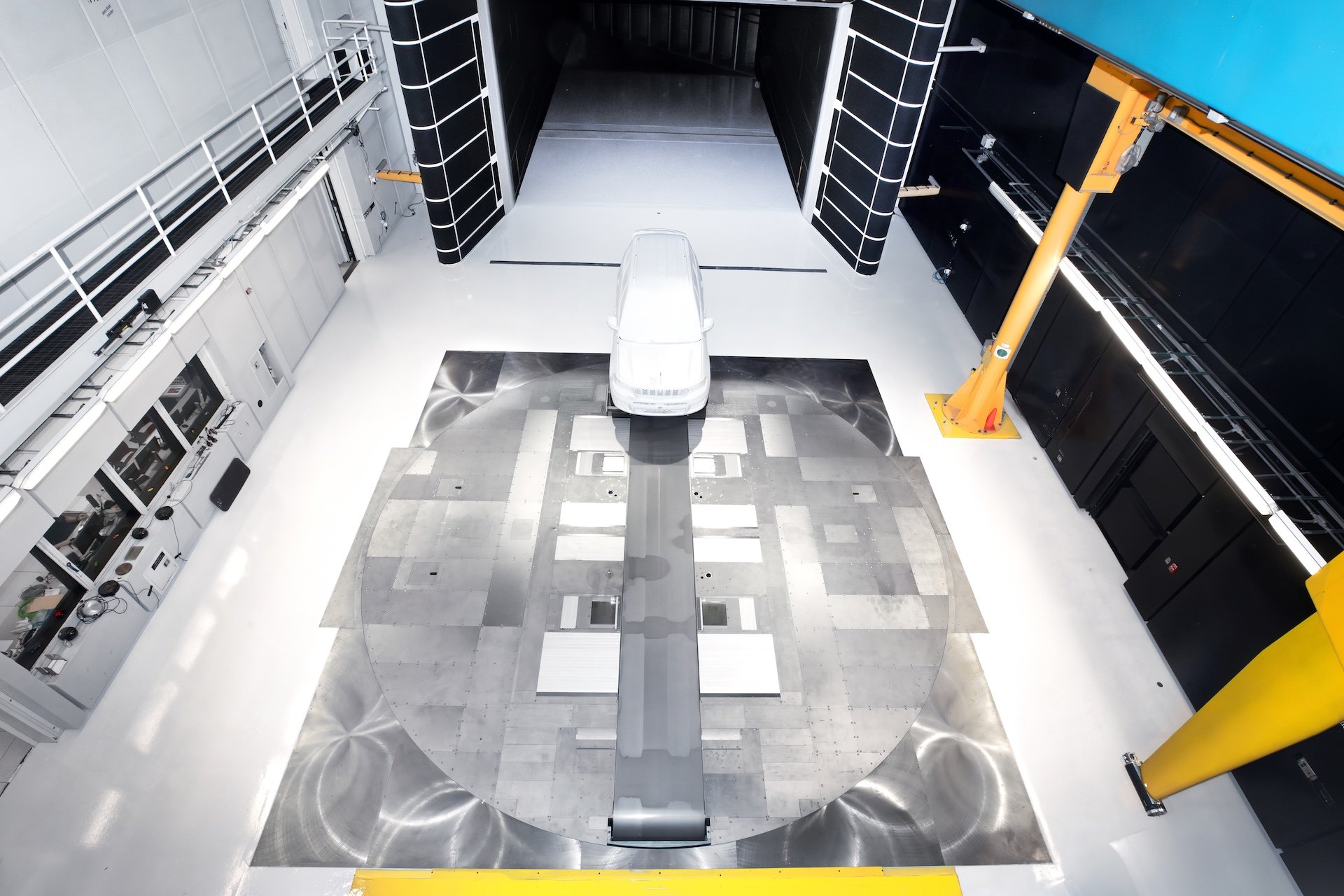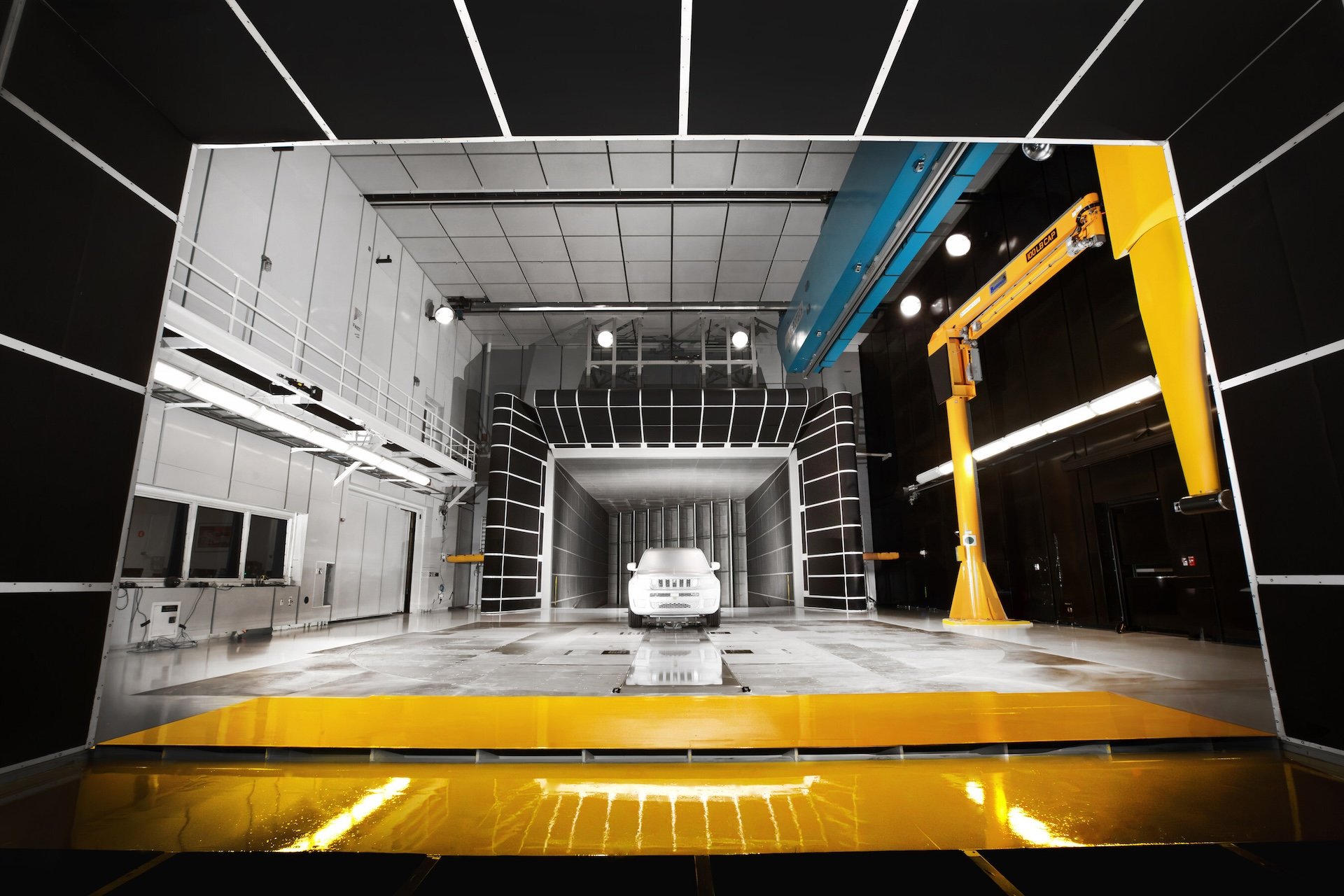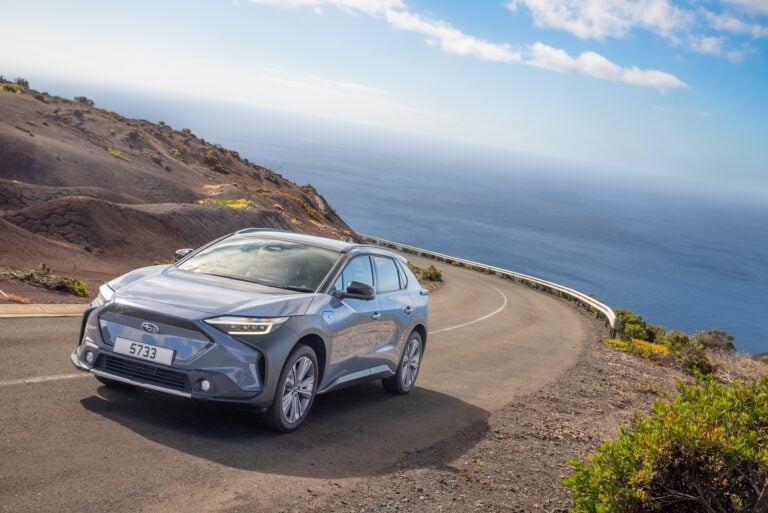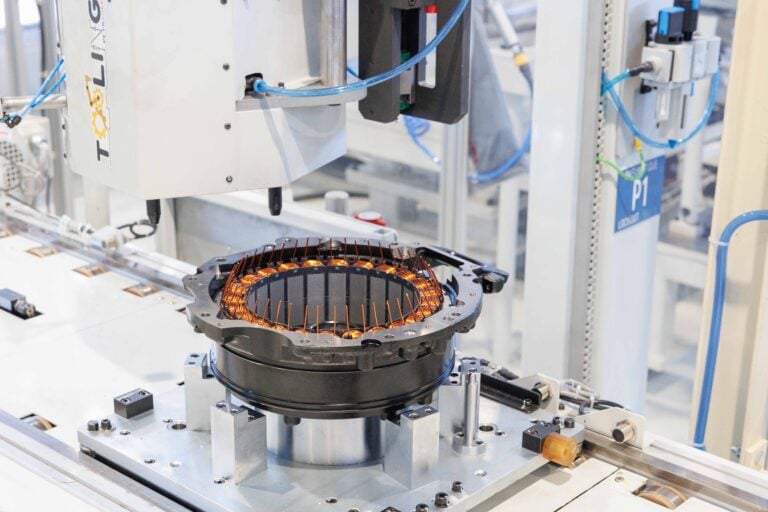Sign up for our popular daily email to catch all the latest EV news!
Stellantis has invested $29.5 million in its wind tunnel at the Auburn Hills research and technical center, incorporating Moving Ground Plane (MGP) technology. This upgrade is aimed at reducing drag and improving the aerodynamics of electric vehicles (EVs), ultimately enhancing driving range and efficiency. The MGP technology simulates real-world travel conditions, making aerodynamic testing more precise and accelerating the development of battery electric vehicles (BEVs).
Key Highlights:
- $29.5 million investment enhances wind tunnel with MGP technology.
- Aims to reduce drag and boost EV range by improving aerodynamic efficiency.
- Can reduce airflow resistance from wheels and tires, a significant contributor to drag.
- Contributes to Stellantis’ Dare Forward 2030 plan for expanding BEV offerings.
The upgraded wind tunnel incorporates MGP technology to precisely measure and reduce airflow resistance, particularly from wheels and tires, which account for up to 10% of aerodynamic drag. This advancement is critical in extending EV driving range and may lead to battery size reductions, enhancing both vehicle efficiency and design.
Stellantis’ investment in MGP technology aligns with the company’s Dare Forward 2030 strategy, aiming for carbon net-zero by 2038 and BEVs accounting for 50% of U.S. sales and 100% of European sales by 2030. The new technology also includes automation capabilities, such as reducing the time needed for wheelbase and track testing, which can now be completed in minutes instead of hours.
“Range is a core consideration for customers who are transitioning to cleaner mobility through battery power,” said Mark Champine, senior vice president and head of North America engineering technical centers. “That’s what makes this investment so critical. By reducing drag, we improve electric vehicle range and, ultimately, the overall customer driving experience.”

The wind tunnel upgrade also supports virtual development tools by providing more accurate simulations, accounting for factors like tire deformation, which can impact aerodynamics. According to Champine, the combined benefits of real-time data collection and automation increase the speed to market for new vehicle designs.
The Auburn Hills facility upgrade is part of a broader $85 million commitment from Stellantis to enhance its R&D capabilities. The MGP system utilizes high-pressure compressed air to drive the wheel and center belts, achieving speeds up to 140 mph. The facility is also capable of generating wind speeds exceeding 160 mph, providing a robust testing environment.
Stellantis has a longstanding history of aerodynamic advancements, including innovations like the Chrysler AirFlow and contributions to NASA’s Mercury Redstone Rocket design. The company’s commitment to aerodynamic excellence is evident in models like the 2025 Ram 1500 and Chrysler Pacifica, which lead their segments in drag coefficients.
Stellantis continues to pave the way in EV development by investing in advanced technologies that enhance performance, efficiency, and overall customer experience, reinforcing its leadership in clean mobility solutions.
Sign up for our popular daily email to catch all the latest EV news!








